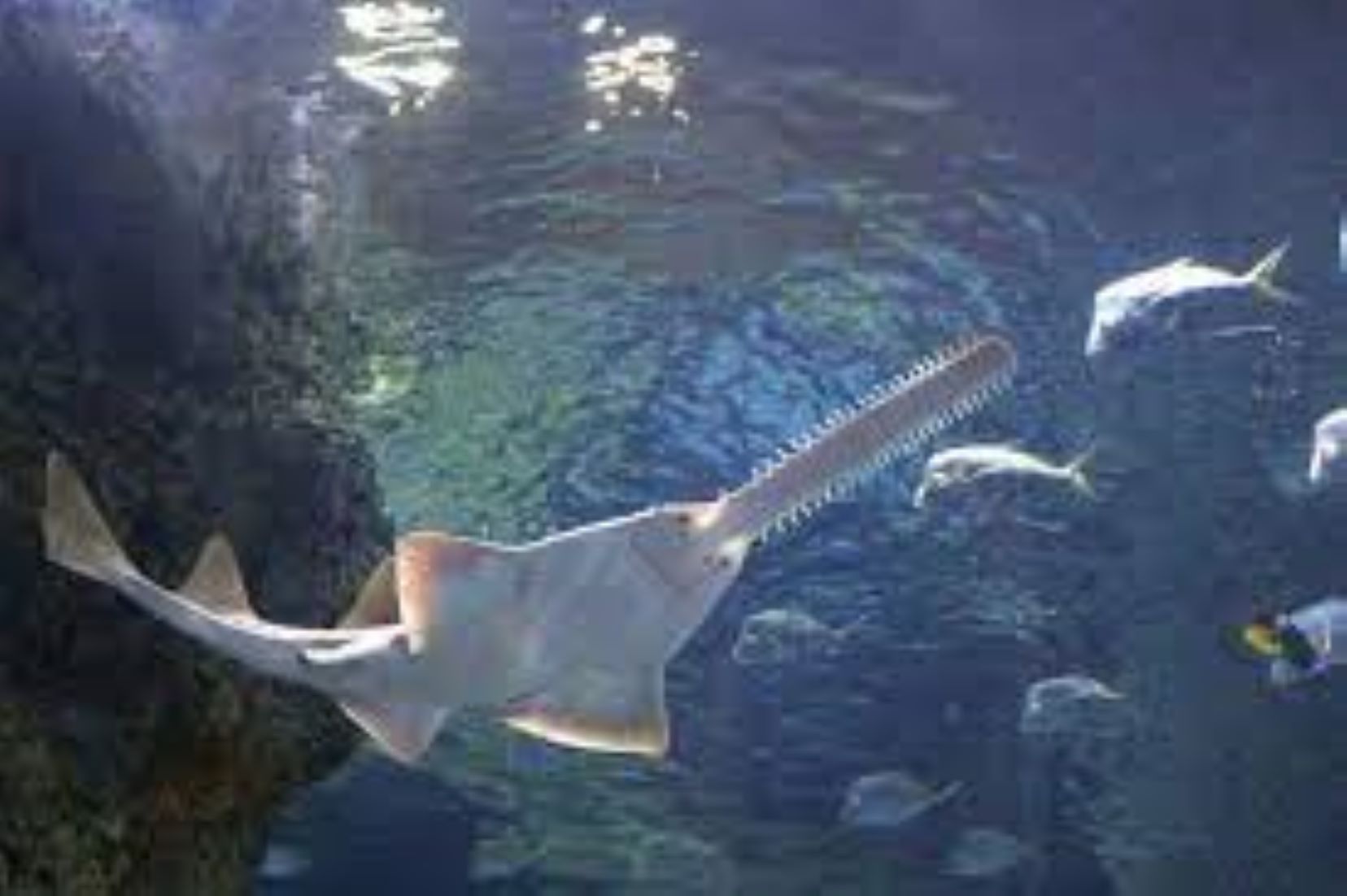CANBERRA, Oct 10 (NNN-AAP) – Australian researchers have tagged and tracked sawfish for the first time, revealing the vast distances covered by the endangered rays.
In a study published today, a team from the Canberra-based national science agency, Commonwealth Scientific and Industrial Research Organisation (CSIRO), and Charles Darwin University (CDU) in the Northern Territory, successfully tracked the movements of more than 40 sawfish.
Sawfish, also known as carpenter sharks, are a family of rays characterised by a long and narrow snout known as a rostrum. They are extinct in many places worldwide and four of the five known species are listed as critically endangered by the International Union for Conservation of Nature (IUCN).
They still survive off the coast of northern Australia, but scientific data on population sizes in the area is limited.
Of those tagged by CSIRO and CDU researchers, the largest was 5.7 metres long.
“Amazingly, this giant sawfish swam 1,000 km over a two-month period, from the west side of Cape York, to near Croker Island, off the coast of the Northern Territory,” Richard Pillars, co-author of the study from the CSIRO, said in a media release, today.
“I was completely astonished by the distance and speed this adult sawfish travelled … By recovering the tag, we also got data on swimming depth and temperature throughout the track.”
The researchers are working with commercial fishers from the state of Queensland and Northern Territory, to record the sawfish they accidentally catch and tag them to help gather data on post-release survival rates.
“What we don’t know is, how many sawfish there are and what impact bycatch is having on their population status,” Pillars said.
“Given they can grow up to seven m with around two m of that being rostrum, releasing them can be an extremely hazardous undertaking. We are working with the fishing industry to assist them and us understand the species better.”
The researcher also noted that this collaboration is crucial in helping conserve Australia’s remaining sawfish population.– NNN-AAP





